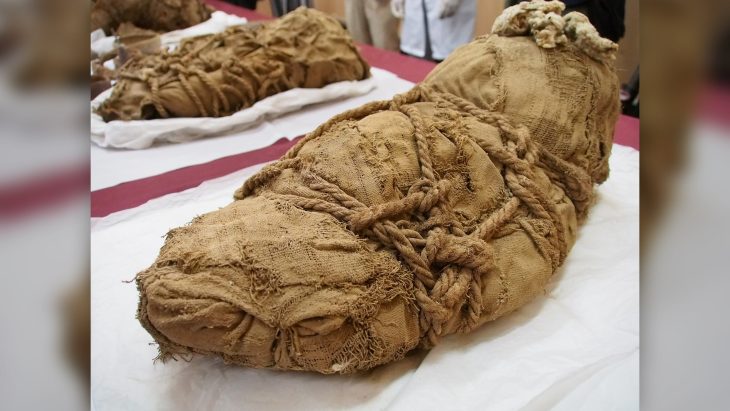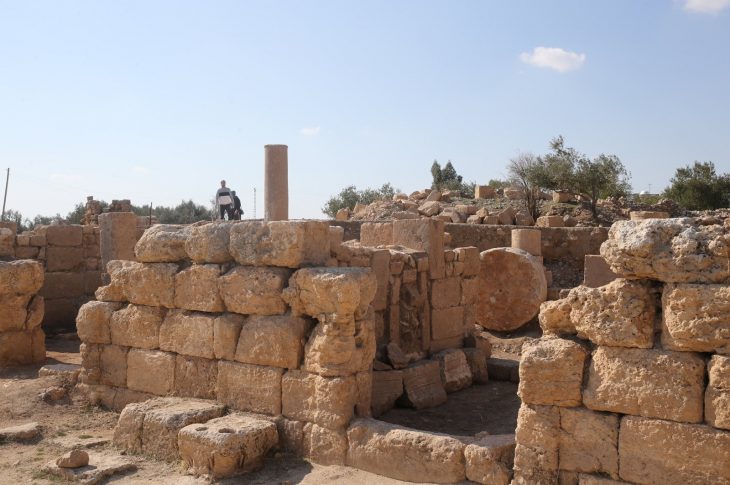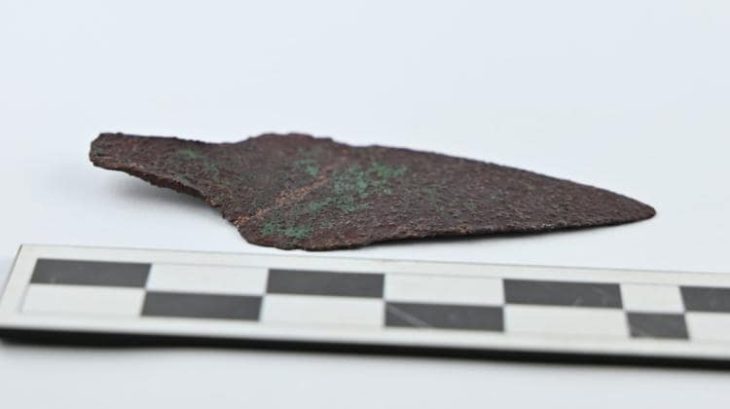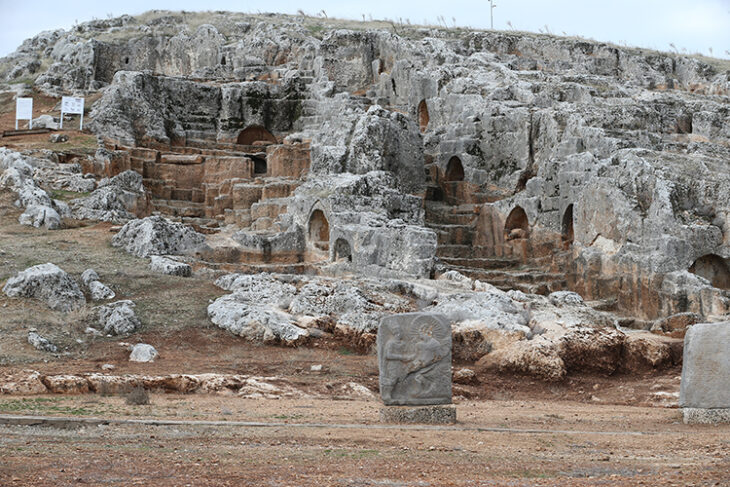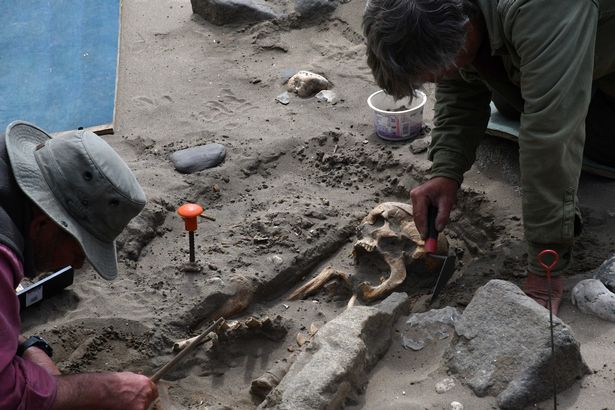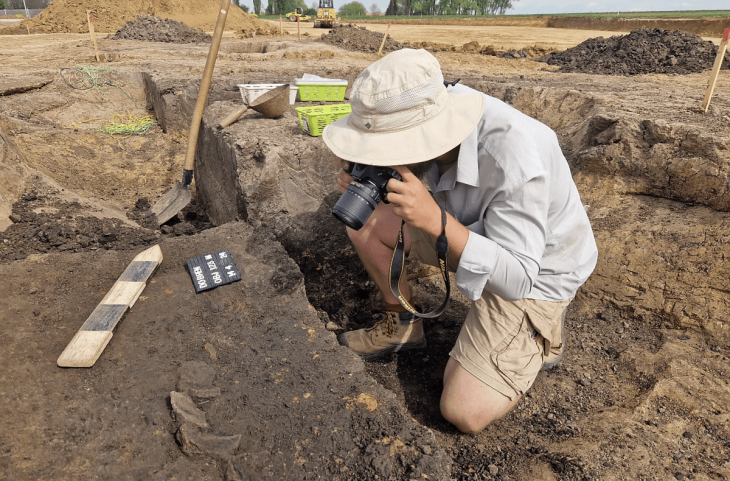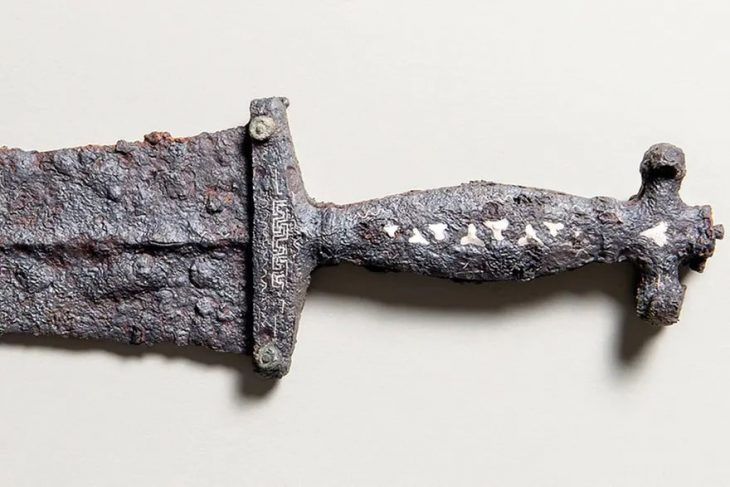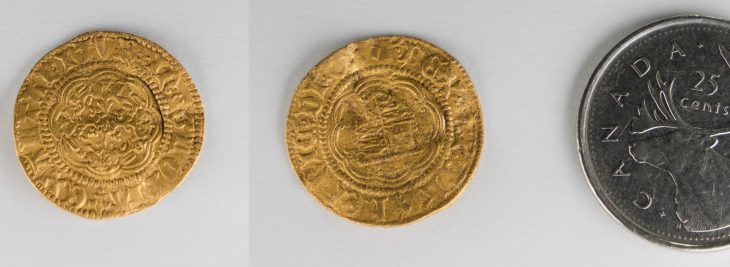During the excavations carried out in a tower in the ancient city of Uzuncaburç (Diocaesarea) in Mersin province in the south of Turkey, 19 artifacts of 1400 years old were unearthed.
A skeleton was also found alongside preserved artifacts, including a necklace, pendant, earring, amulet (amulet), tubular bracelet, and breast chain.
The excavations in Uzuncaburç Ancient City are carried out under the direction of Mersin University Archeology Department Lecturer Professor Ümit Aydınoğlu, with the permission and support of the Ministry of Culture and Tourism, General Directorate of Cultural Heritage and Museums.
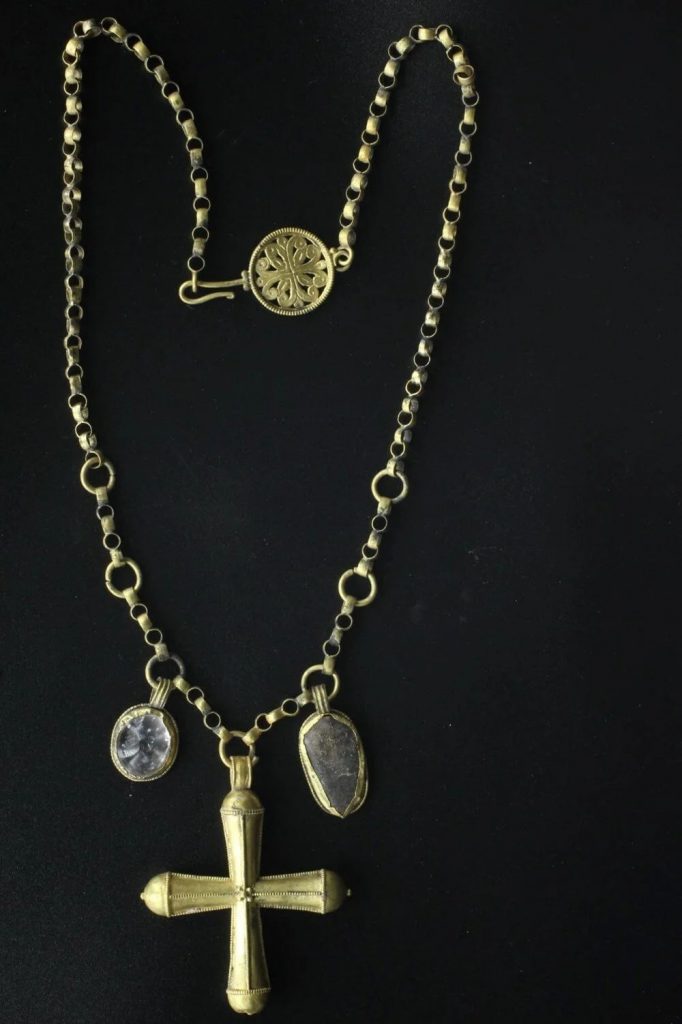
It was considered that 19 artifacts found in an inner room during the restoration and excavation works of the tower in the ancient city belong to the end of the 6th century AD and the beginning of the 7th century AD.
Gökhan Yazgı, General Manager of Cultural Heritage and Museums, told Anadolu Agency (AA) that they had found exciting finds.
Stating that information on the finds will be revealed within the framework of carbon tests and scientific reports to be made, Yazgı said that they have speculated that the skeletal parts may belong to a priest from the findings obtained.
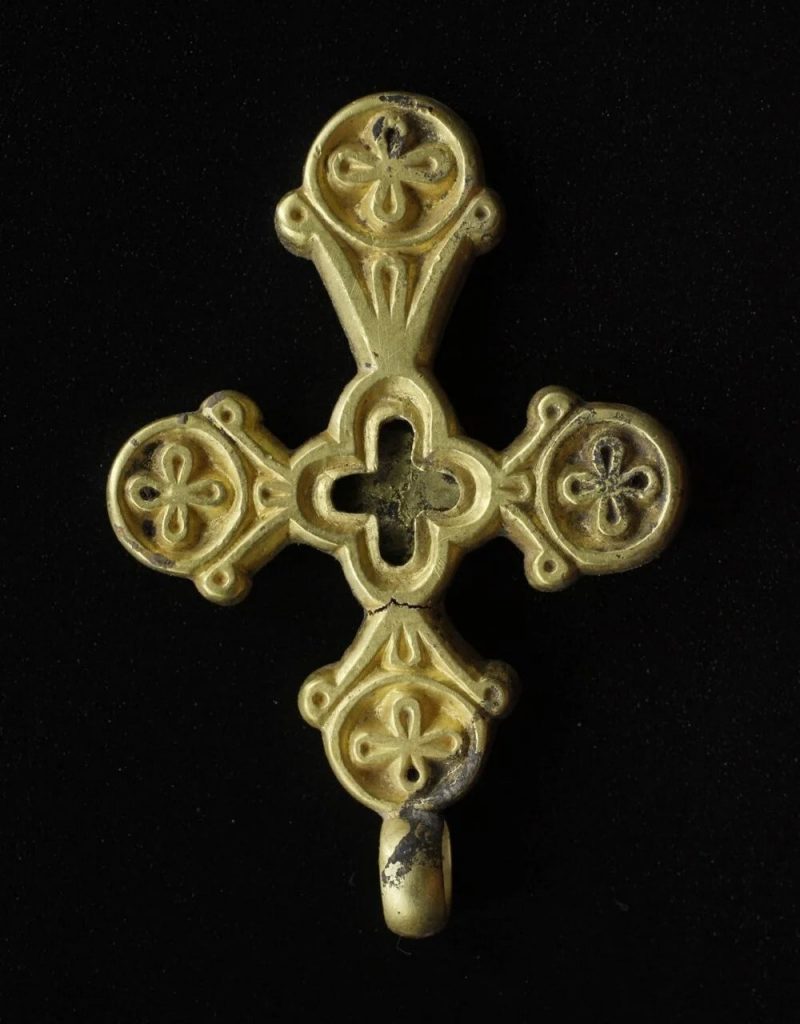
Uzuncaburç Ancient City
It was formerly known as Diocaesarea and was the worship center of the Olba Kingdom that dominated the region during the Hellenistic period. In the Ottoman period, both the ruins and the neighborhood are called Uzuncaburç because of the Hellenistic tower in the ruins here.
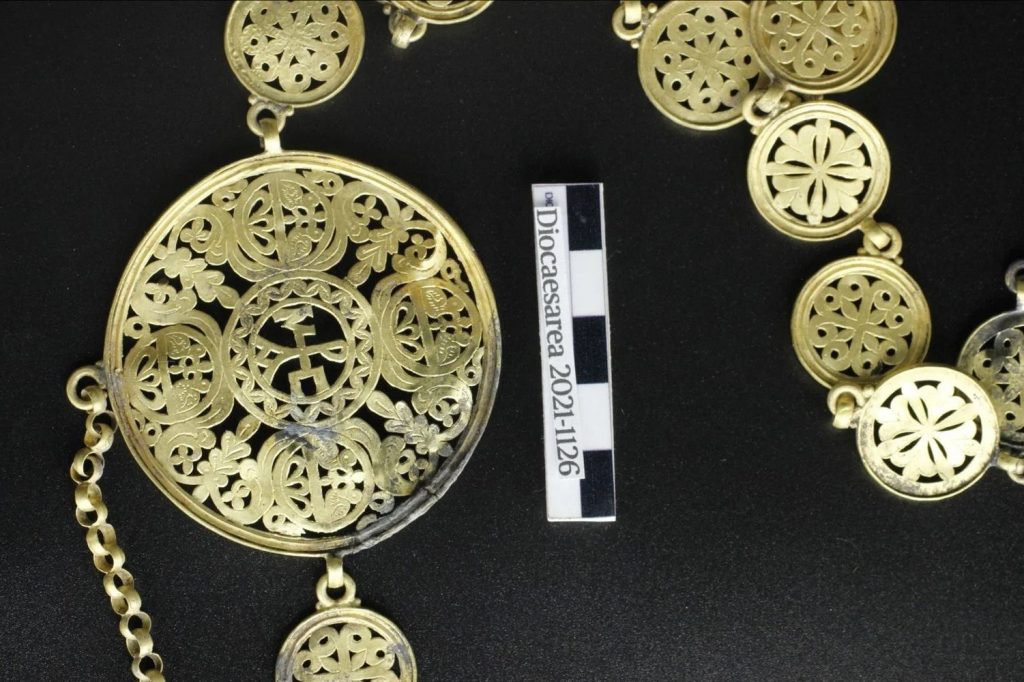
Although the history of the ancient city of Uzuncaburç dates back to the Hellenistic period with its 2500-year history, it is thought that this place was considered sacred during the Hittite period. Another aspect that makes Uzuncaburç special is that it is the only flat place in a mountainous area at an altitude of 1300. In this way, temples are built here starting from the Hellenistic period, and this place develops further and becomes a city in its own right. The importance of this place continues during the Roman Empire period and the columned street, monumental fountain, and entrance gates are added.
One of the most important and remarkable structures in Uzuncaburç is the temple of Zeus (Olbios) in the style of peripetros (surrounded by columns). It is known that this structure, which is one of the oldest and most magnificent of the Zeus temples,in Anatolia, was built by Seleukos Nikator I, one of the generals of Alexander the Great. It is thought that the 36 columns around the Temple of Zeus were made of stones that were not found in the region and therefore were brought from far away to make this structure. With the changes made on the temple during the Byzantine period, this place was converted into a church.


